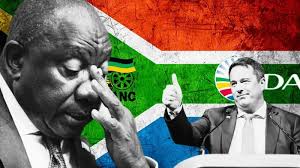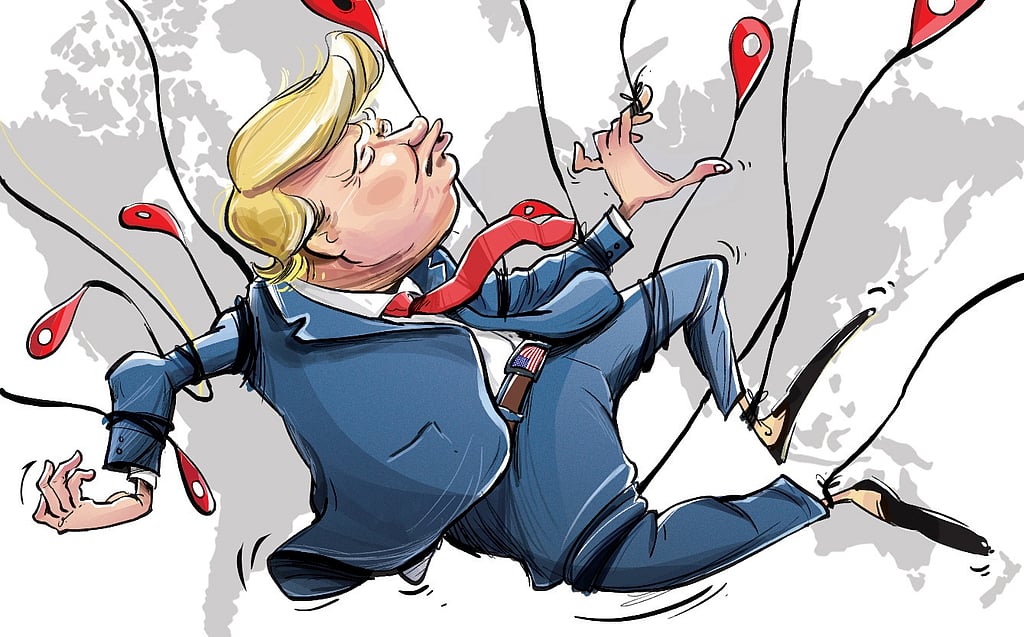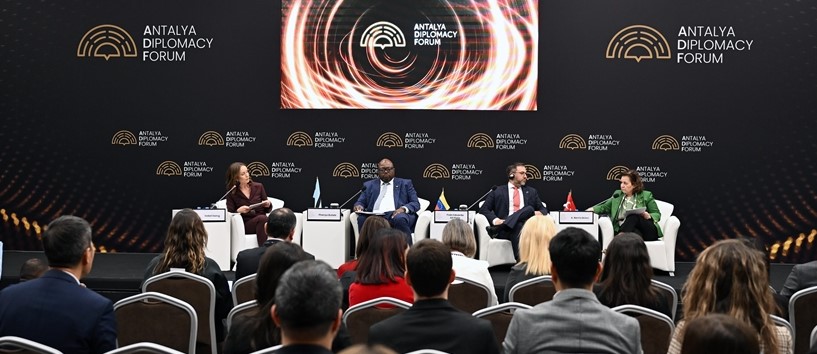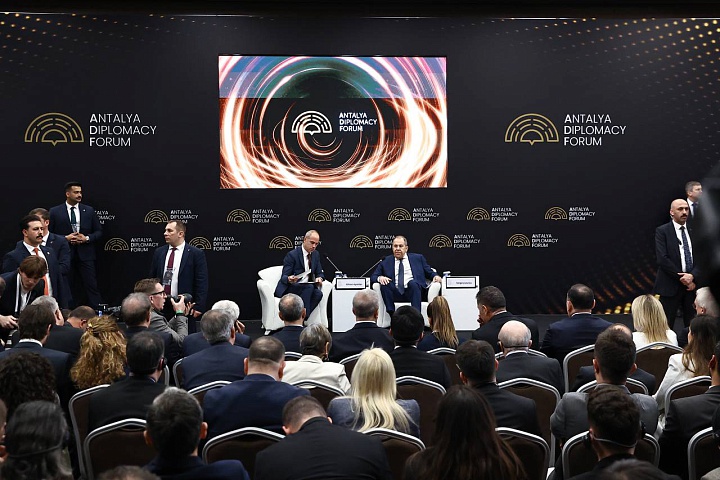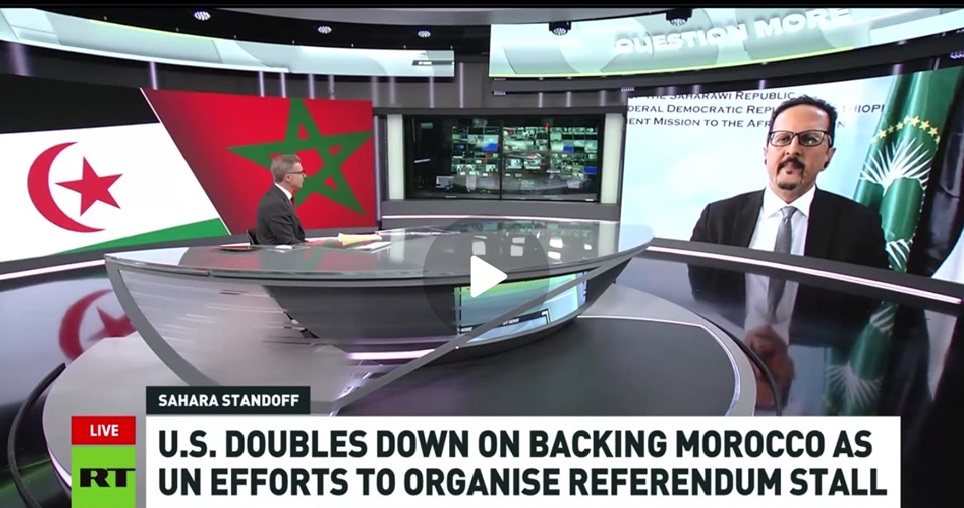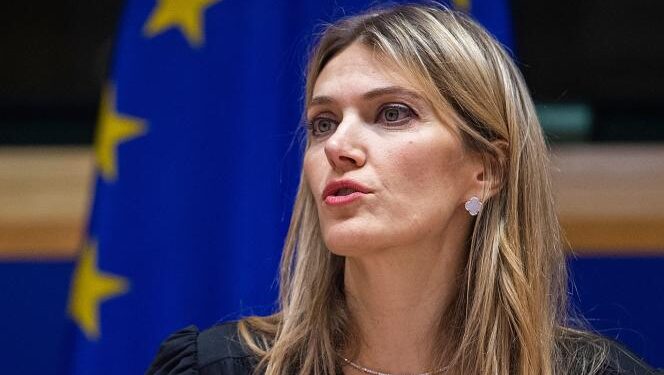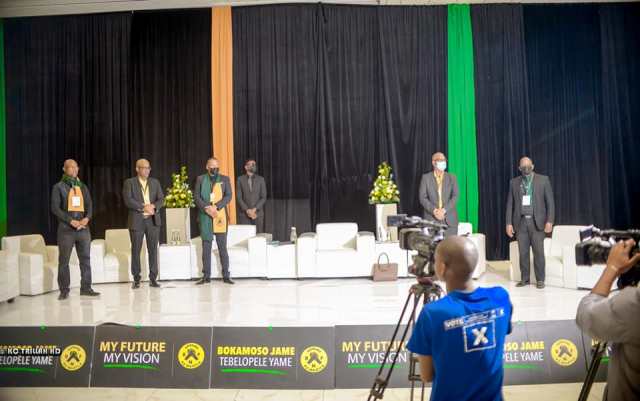
Russian President Vladimir Putin
The Pan Afrikanist Watchman
Every year on June 12, the Russian Federation celebrates Russia Day.
On that day in 1990 the First Congress of People’s Deputies of the Russian Soviet Federated Socialist Republic (RSFSR) adopted the Declaration of State Sovereignty of the Russian Soviet Federative Socialist Republic.
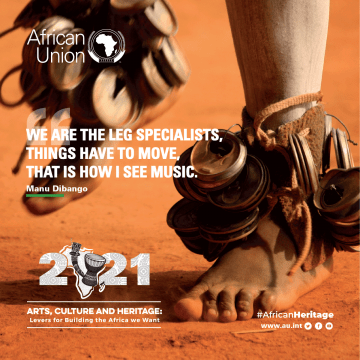
The declaration proclaimed the equality of political parties and public associations, it also approved the principle of the separation of powers, and determined the supremacy of the RSFSR’s Constitution and laws on its entire territory.
On December 25, 1991, the RSFSR Law on Changing the Name of the State of the Russian Soviet Federative Socialist Republic was approved and came into force, establishing the country’s new name, the Russian Federation (Russia).
The Declaration of State Sovereignty signified the beginning of a new stage in the Russian state’s history. Since 2002, this holiday has been officially called Russia Day.
The Declaration declares the inalienable right of every citizen to a decent life, free development and use of the language, and the right of every nation to self-determination in their chosen national-state and national-cultural forms.
On this day in the Kremlin, the President of the Russian Federation presents State awards. The tradition has existed since 1995. One of the main symbol of the holiday is the flag of the country.
On Russia Day many citizens hang small copies of the national flag in building facades, windows, vehicles, hold small flags in their hands while attending festive events.
Every year a large number of events dedicated to the holiday are held throughout the country on the central squares of cities. Only in Moscow in 2022, the festive programme included more than 100 different events.
The celebration of Russia Day always includes various thematic exhibitions and expositions in museums and cultural centres as well as various sporting events.
